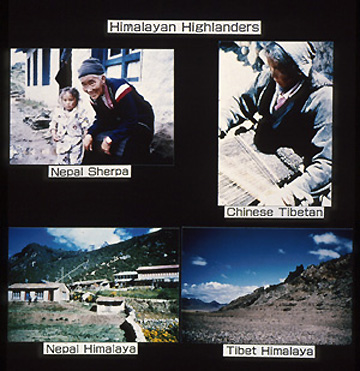| 1. The Ecological Perspective in Medical Studies Biology used to be the study of “deadmatter.” When a specimen of an animal or plant is collected and classified, itis no longer alive. Just imagine specimen boxes laid out in an orderly mannerin a dim laboratory. . . . A group of researchers, dissatisfied with thisclassic biology, created a discipline called “ecology” in an attempt to depictthe world of living organisms as they really exist in nature. The same thingapplies to medicine. Diseases were studied and analyzed in hospitals or laboratories,with a focus on patients who visited the hospitals. However, the patients who visithospitals only present a partial picture of illness. The real picture ofelderly people, among others, suffering from various chronic diseases can beseen in the home and communities where they live. Therefore, in order to graspthe medical problems of the elderly as they really are, medical professionalsmust go out into the community and study the elderly as they really are intheir natural environment and cultural background. Field medicine,which ventures out of the hospital and into the community, began partly fromthis thought. As such, theprocess through which the people are born, grow up and age in different naturalenvironments may naturally differ from one to the other. Field medicine wasprompted by such a naïve idea.
MATSUBAYASHI Kozo |
